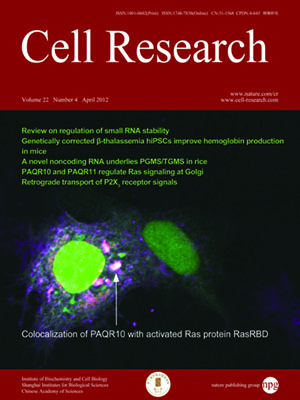
Volume 22, No 4, Apr 2012
ISSN: 1001-0602
EISSN: 1748-7838 2018
impact factor 17.848*
(Clarivate Analytics, 2019)
Volume 22 Issue 4, April 2012: 620-623
RESEARCH HIGHLIGHTS
Defining the expressed breast cancer kinome
Alicia A Midland1, Martin C Whittle2, James S Duncan2, Amy N Abell2, Kazuhiro Nakamura2, Jon S Zawistowski2, Lisa A Carey3, H Shelton Earp III3, Lee M Graves
1Biomedical Engineering and Curriculum in Bioinformatics and Computational Biology, Lineberger Comprehensive Cancer Center, University of North Carolina School of Medicine, Chapel Hill, NC 27599, USA
2Department of Pharmacology, Lineberger Comprehensive Cancer Center, University of North Carolina School of Medicine, Chapel Hill, NC 27599, USA
3Department of Medicine, Lineberger Comprehensive Cancer Center, University of North Carolina School of Medicine, Chapel Hill, NC 27599, USA
Correspondence: Gary L Johnson,(glj@med.unc.edu)
Protein kinases are arguably the most tractable candidates for development of new therapies to treat cancer. Deep sequencing of breast cancer cell lines indicates each express 375 or so kinases, representing nearly 75% of the kinome. A rich network both downstream and upstream from key oncogenic kinases includes both tyrosine and serine/threonine kinases, giving plasticity and resiliency to the cancer cell kinome.
Cell Research (2012) 22:620-623. doi:10.1038/cr.2012.25; published online 7 February 2012
FULL TEXT | PDF
Browse 2124


